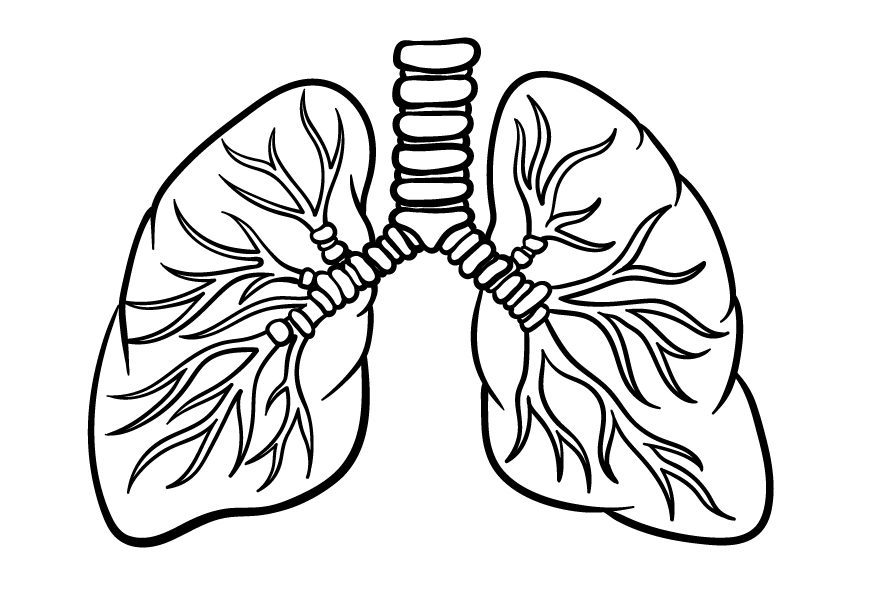Understanding RSV and keeping it away from your holidays
RSV is a common respiratory virus that causes cold-like symptoms in children and adults.
Severe RSV can be unpredictable and is the leading cause of hospitalization in infants
Adults 65 and over and adults with chronic conditions or weakened immune systems are at high risk for developing severe RSV.
People do not form long-lasting immunity to RSV and can become infected repeatedly over their lifetime.
What causes RSV?
RSV is spread from person to person through close contact with someone who is infected via secretions from coughing and sneezing or touching objects such as toys or doorknobs that have the virus on them.
It takes between two and eight days from the time of exposure for someone to become ill. The illness normally lasts three to seven days, and it is during this time that those infected are most contagious. The peak season for RSV infection in the United States is fall through spring.
Who is at risk for RSV?
Most children contract RSV before age two simply because of contact with other children. Being in crowded places with people who may be infected or having exposure to other children or siblings who may be infected are common ways to pick up the virus.
Those at increased risk of RSV becoming severe or life-threatening are:
-All infants or young children born prematurely, with congenital heart or lung disease, weakened immune systems or have neuromuscular disorders.
-Older adults suffering from lung or heart disease, such as asthma, congestive heart failure, or chronic obstructive pulmonary disease (COPD)
-People with immunodeficiency, such as organ transplant recipients, chemotherapy patients or HIV/AIDS patients
What are the symptoms of RSV?
Initial signs of RSV are similar to mild cold symptoms, including congestion, runny nose, fever, cough and sore throat. Very young infants may be irritable, fatigued and have breathing difficulties. Normally these symptoms will clear up in a few days.
A barking or wheezing cough can be one of the first signs of a more serious illness. In these instances, the virus has spread to the lower respiratory tract, causing inflammation of the small airways entering the lungs. This can lead to pneumonia or bronchiolitis.
Infants with severe RSV will have short, shallow and rapid breathing. This can be identified by “caving-in” of the chest in between the ribs and under the ribs (chest wall retractions), “spreading-out” of the nostrils with every breath (nasal flaring), and abnormally fast breathing. In addition, their mouth, lips and fingernails may turn a bluish color due to lack of oxygen.
How RSV is diagnosed?
Because mild RSV symptoms are similar to the common cold, testing usually isn’t required to diagnose the infection. However, your doctor may suspect RSV based on your medical history, time of year and a physical exam. In this case, they may want to run lab tests to confirm the diagnosis. The most common is a mouth swab or a blood test to check white blood cell counts and look for viruses.
In severe RSV cases that require hospitalization, additional testing may be needed. Imaging tests, such as a chest X-ray or CT scan can check for lung complications. Blood and urine cultures may be necessary when infants are very sick, as RSV-related bronchiolitis can occur with a urinary tract infection in newborns.
When to See Your Doctor
You should call your doctor if you or your child is having trouble breathing, has poor appetite or decreased activity levels, cold symptoms that become severe, a shallow cough that continues throughout the day and night.
How RSV Is Treated
Mild RSV infections will go away in a week or two without treatment. You can use over-the-counter fever reducers and pain relievers to manage your symptoms. Check with your doctor if you are not sure if an over-the-counter product is safe to give to your child. Your doctor may also suggest nasal saline drops or suctioning to clear a stuffy nose. Supportive care such as staying hydrated and comfortable is also helpful.
In severe cases, most commonly for infants younger than 6 months of age and older adults, hospitalization may be needed. The hospital will use intravenous (IV) fluids to aid in hydration, and a breathing machine or humidified oxygen to help your body receive the oxygen it needs. In most cases, hospitalization will only last a few days.
RSV Prevention
RSV is highly contagious. Each year, an estimated 2.1 million outpatient visits occur in children younger than 5, due to RSV infection. There are some steps you should take to prevent its spread. The most effective means of protection are some of the simplest, such as:
Avoiding close contact with infected people
Avoiding sharing cups, bottles or toys that may have been contaminated with the virus since the virus can live on surfaces for several hours
Thoroughly washing hands with soap and water after coming into contact with an infected person
Researchers are working to develop a vaccine, but currently, there is nothing available for public use. In some situations, high-risk infants may be prescribed monthly injections of palivizumab to help prevent severe RSV.
American Lung Association (lung.org)

